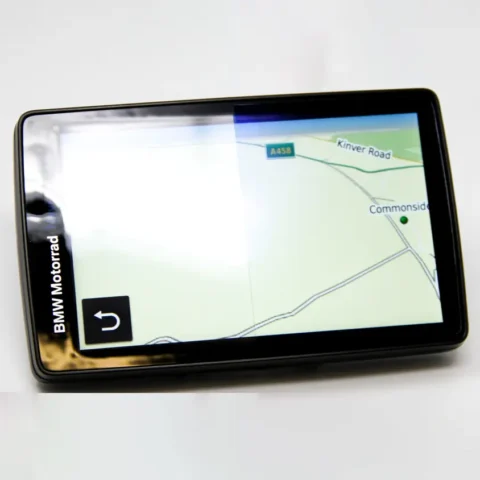
Say Goodbye to Glare: The Essential Garmin Nav 6 Anti-Reflective Film
With the Garmin Nav 6 Anti-Reflective Film, you can say goodbye to shading a screen in harsh sunlight
NOTICE: Any orders placed from 28th July to 3rd August will not be dispatched until 4th August

Does Plastic Conduct Electricity? How ITO Coatings Break the Rules
For most of us, the answer to “Does plastic conduct electricity?” is a quick “no.” Plastic is a champion insulator, known for blocking electrical current. It’s why our power cords are wrapped in it and why countless everyday items safely keep us from shocks. But what if this wasn’t the complete story? What if plastic could, in fact, become a conductor?
This is actually a very real technological advancement, made possible by sophisticated material science and, specifically, Indium Tin Oxide (ITO) coatings.
How ITO Coatings Make Plastic Conductive
So, if plastic is such a steadfast insulator, how can we make it conduct? The secret lies not in changing the plastic itself, but in applying a microscopically thin, transparent layer that does conduct electricity. This is where ITO coatings come in.
ITO is a unique material: it’s both electrically conductive and optically transparent. This dual property makes it incredibly valuable for applications where clear visibility is essential alongside electrical function. Diamond Coatings specialises in applying these high-performance ITO coatings to various substrates, including, crucially, plastics.
The process typically involves advanced techniques like magnetron sputtering or similar vacuum deposition methods. Tiny particles of ITO are vaporised and then precisely deposited onto the plastic surface in an incredibly thin, uniform layer, often just a few nanometres thick.
Once applied, this ITO layer creates a highly conductive surface on the plastic. This allows electricity to flow across the surface of the coated plastic, even though the underlying plastic remains an insulator. It’s like giving the plastic an invisible, super-thin, conductive skin. The plastic hasn’t changed its insulating nature, but it’s now wearing a very clever, conductive outfit.
The level of conductivity can be precisely controlled by adjusting the coating’s thickness and the ITO’s composition, allowing for customisation to meet specific application needs.
The Benefits of ITO on Plastic
While making plastic conductive is the primary marvel, ITO coatings offer additional significant advantages:
Key Applications for ITO-Coated Plastics
The ability to make plastic conductive through ITO has unlocked a vast range of applications across numerous industries:
The Future is Conductive
The journey from plastic as a simple insulator to a versatile, conductive material through ITO coatings is a fantastic example of how material science pushes the boundaries of what’s possible. For specialists like Diamond Coatings, ongoing research in thin-film technologies means the capabilities of ITO on plastic are continually expanding.
As the demand for lighter, more durable, and more flexible electronic components grows, the role of transparent conductive plastics will only become more prominent. So, the next time someone asks “Does plastic conduct electricity?”, you can confidently reply: “Not on its own, but with a clever touch of Indium Tin Oxide, it absolutely can – and it’s quietly revolutionising countless technologies in the process!”

With the Garmin Nav 6 Anti-Reflective Film, you can say goodbye to shading a screen in harsh sunlight

At Diamond Coatings, we provide the foundational transparent conductive coatings that make these advanced switches possible

At Diamond Coatings, we specialise in turning ordinary glass into high-performance heated windows

As a leading name among ITO companies, Diamond Coatings doesn’t just supply standard coatings; we engineer bespoke solutions that push boundaries
If you are interested in any of our products or services, please use the contact form or give us a call, we will be happy to discuss how we may be able to help you.